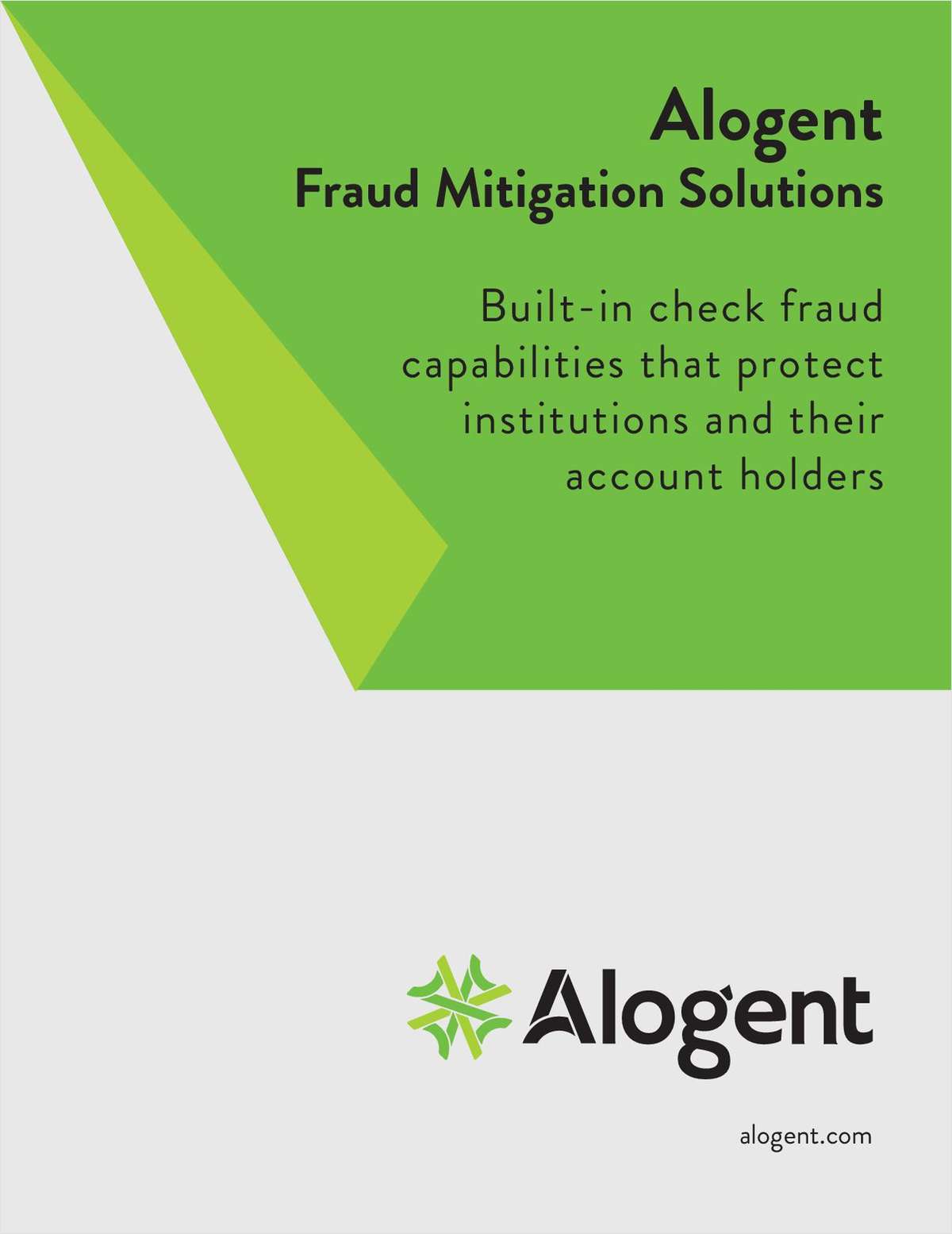WASHINGTON–Credit unions and other financial institutions have until Nov. 1 to develop and implement identity theft prevention programs, the Federal Trade Commission reminded them this week.
Such programs, which were mandated by the Fair and Accurate Credit Transactions Act of 2003, must provide for the identification, detection and response to patterns, or specific activities that could indicate identity theft. These patterns and activities are known as "red flags."
These fall into five categories: alerts, notifications or warnings from a consumer reporting agency; suspicious documents; suspicious personally identifying information, such as a suspicious address; unusual use of or suspicious activity relating to an account; and notices from customers, identity theft victims, law enforcement authorities or other businesses about possible identity theft in connection with covered accounts.
Complete your profile to continue reading and get FREE access to CUTimes.com, part of your ALM digital membership.
Your access to unlimited CUTimes.com content isn’t changing.
Once you are an ALM digital member, you’ll receive:
- Breaking credit union news and analysis, on-site and via our newsletters and custom alerts
- Weekly Shared Accounts podcast featuring exclusive interviews with industry leaders
- Educational webcasts, white papers, and ebooks from industry thought leaders
- Critical coverage of the commercial real estate and financial advisory markets on our other ALM sites, GlobeSt.com and ThinkAdvisor.com
Already have an account? Sign In Now
© 2024 ALM Global, LLC, All Rights Reserved. Request academic re-use from www.copyright.com. All other uses, submit a request to [email protected]. For more information visit Asset & Logo Licensing.









